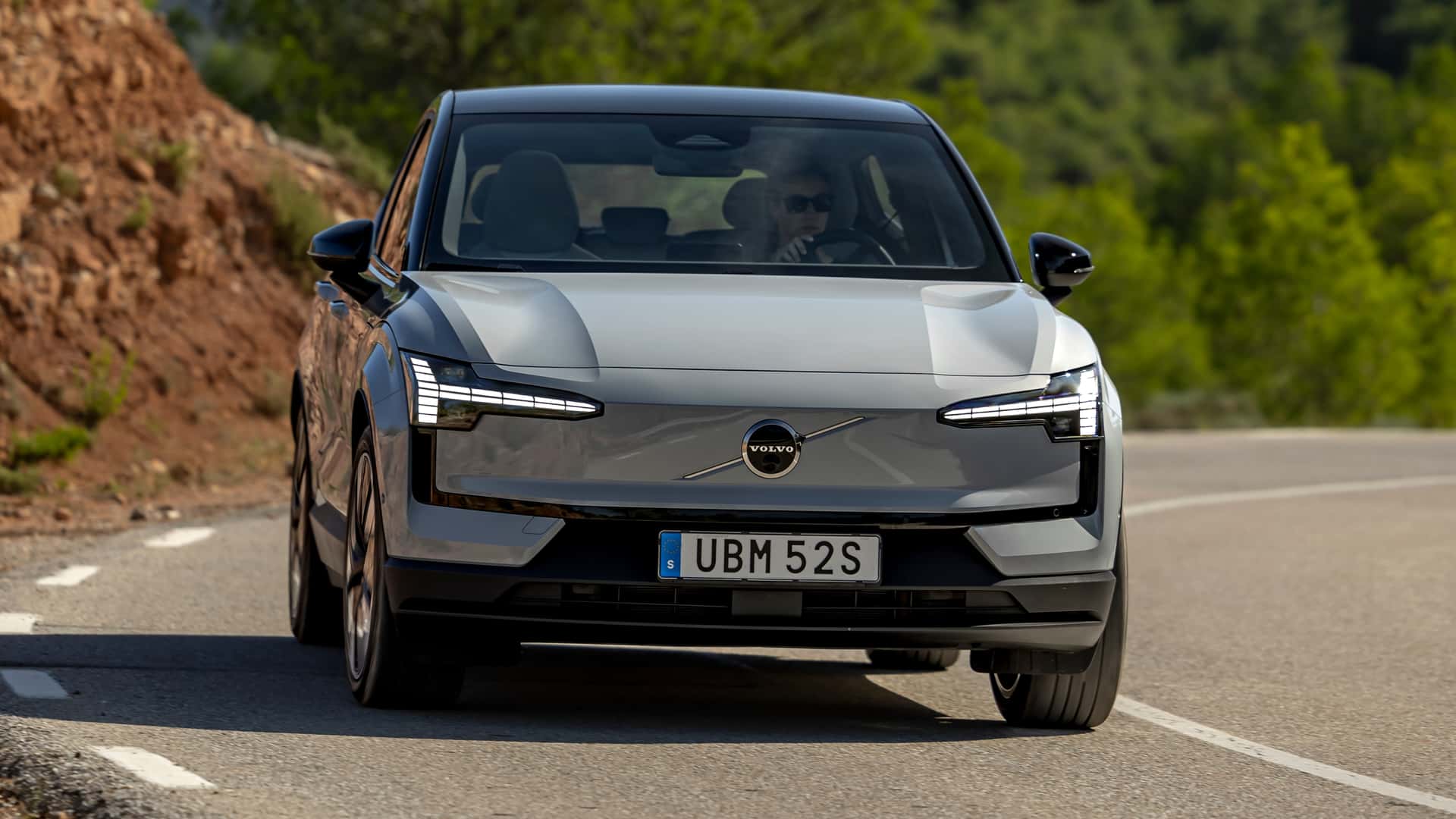Data from thousands of EVs shows the average daily driving distance is a small percentage of the EPA range of most EVs.
For years, range anxiety has been a major barrier to wider EV adoption in the U.S. It’s a common fear: imagine being in the middle of nowhere, with 5% juice remaining in your battery, and nowhere to charge. A nightmare nobody ever wants to experience, right? But a new study proves that in the real world, that’s a highly improbable scenario.
After analyzing information from 18,000 EVs across all 50 U.S. states, battery health and data start-up Recurrent found something we sort of knew but took for granted. The average distance Americans cover daily constitutes only a small percentage of what EVs are capable of covering thanks to modern-day battery and powertrain systems.
The study revealed that depending on the state, the average daily driving distance for EVs was between 20 and 45 miles, consuming only 8 to 16% of a battery’s EPA-rated range. Most EVs on sale today in the U.S. offer around 250 miles of range, and many models are capable of covering over 300 miles.



Moving parts wear out due to friction. The electronic parts you listed are not moving parts and rarely fail. I would know, as an automotive technician they come to me when they break.
If you really were an engineer, you would know about minimizing points of failure. And you would be able to recognize gas vehicles have exponentially more points of failure due to the amount of moving parts and sealing surfaces and combustion temperatures.
It’s easy to claim you’re an engineer on the internet. But you’re definitely not talking like an engineer.
Hear hear.
Engineers look at empirical results most of all. They don’t dismiss large, 300,000+ car surveys just because they’re inconvenient to your argument.
I’ve said my piece on the reliability of battery designs over the past 5 years. Hopefully battery engineers improve their reliability moving forward. I don’t think it’s going to be easy though, as the simulated models of the internals of Li-ion cells is just such a devilishly difficult problem.